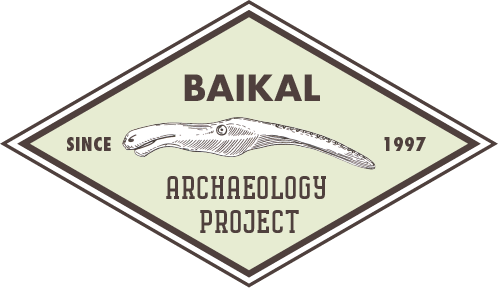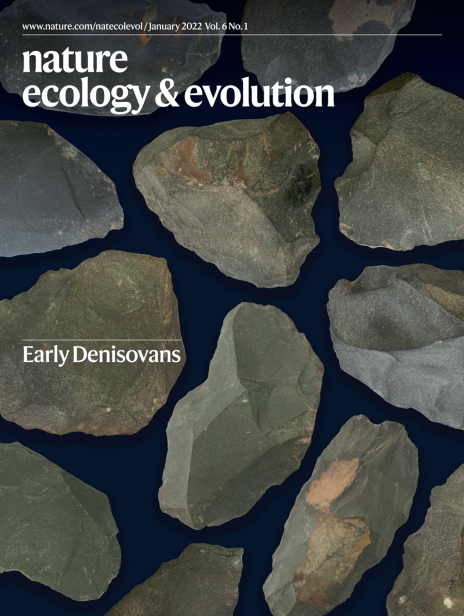Bulletin of the Irkutsk State University (Geoarchaeology, Ethnology, and Anthropology Series) 2022
Bioarchaeological Analysis of Human Remains from the Destroyed Early Neolithic Cemetery of Moty – Novaia Shamanka (Cis-Baikal)
Bourgeois RL, Weber AW, Bazaliiskii VI, McKenzie HG, Lieverse AR
Moty – Novaia Shamanka (MNS) is an Early Neolithic (7560–6660 HPD cal BP) destroyed Kitoi cemetery, located on the lower Irkut River in Siberia. In 2014–2015, small rescue excavations were conducted by archaeologists from Irkutsk State University. MNS dates to the period between the two phases of use identified at the nearby Shamanka II Kitoi cemetery (Southwest Baikal). This paper presents the results of a bioarchaeological study of the human skeletal remains from MNS and discusses these findings [...]








